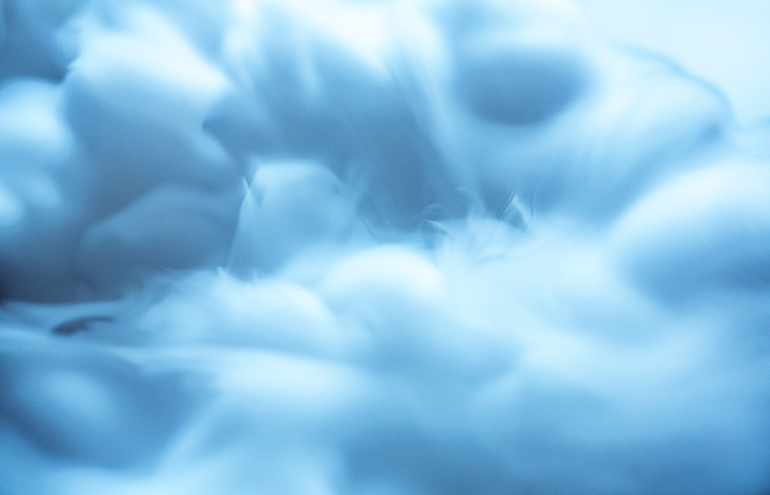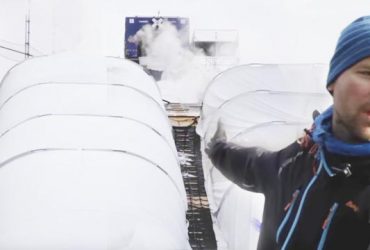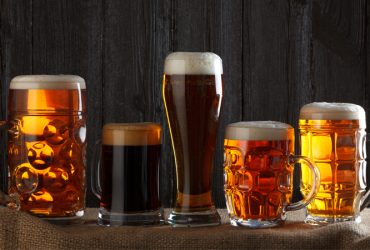
How to minimise risks when working with CO2 and nitrogen
Using gases such as CO2 and nitrogen comes with certain hazards. However, there are methods, equipment and behaviours that can be used to keep these risks to a minimum.
The use of CO2 and nitrogen is associated with two major risk factors. The first is that both elements are extremely cold in their liquid forms, with the potential to cause severe burns to human skin and damage to other materials. The second is that a leak of either of these odourless, colourless and tasteless gases can quickly absorb the oxygen in an enclosed space, turning it into a potential death trap for anyone caught inside.
Ventilation
Magnus Olsson is a Safety Engineer at AGA in Sweden. He explains that the single most important rule for anyone working with CO2 and nitrogen is ventilation. “I really can’t overstress the importance of ventilation. It’s the ABC of safe gas handling,” he says.
Oxygen alarms
Another crucial piece of equipment is the oxygen alarm, a device that measures the level of oxygen in the air and sounds an alarm if it drops below a safe level. Oxygen alarms can detect very small leaks, often allowing them to solved using simple measures if they are discovered early enough. Daily leak checks should also be part of the routine at any facility that uses CO2 and nitrogen. “Any enclosed area needs an alarm, “ says Olsson. “But the device itself is not enough, you need a clear plan for what you’re going to do if and when it sounds.”
When a leak occurs
“Once a large leak has occurred you won’t have time to think,” he continues. “You need to know when it’s ok to enter the area and when it’s not, who is allowed to go in and what kind of equipment that person needs to have. A human can’t just go into a room with low oxygen as he or she will lose consciousness in a matter of seconds.” AGA provides training for staff, as well as alarms and other equipment, such as gas leak detection spray, required to keep the risk of a gas leak to an absolute minimum.
By: Isabelle Kliger
Photo: Shutterstock



